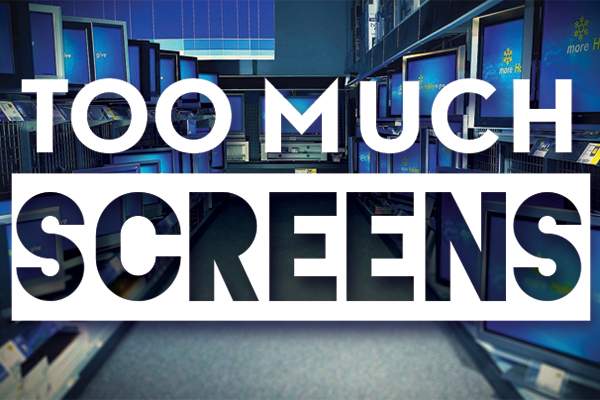Too much screens | Issue 23
High Maintenance
Now, there is certainly a value in the centralised model, as anyone who got as giddy as I did watching and discussing Lost week-to-week as it came out will tell you, but things have fundamentally changed. There is so much good stuff to watch, and so many easy ways to binge-watch whole seasons at a time, that television is necessarily a less communal medium now than it ever was before. There is no longer the expectation that when something new comes out, millions of people are going to see it all at once.
Because TV's temporal limits are now largely a non-issue, online video content that resembles traditional television is increasingly viable; where webseries once felt foreign, if you watch all of your TV shows streaming in a browser, there is no leap to make to watch a web-originating series on YouTube. Furthermore, Netflix has decisively proved that web-originals can be as popular and widely-hyped as many TV shows, that means that we're likely to see some real money, not to mention some serious talent, coming into the online video content sphere.
If you need any proof that a low-budget webseries can offer as much beauty and humour as any “real” TV show, look no further than High Maintenance, a webseries on Vimeo. Each episode tells the story of a different customer of an affable, unnamed marijuana delivery guy who bikes around New York City, with each episode between five and 15 minutes in length. Ben Sinclair (who also co-created, writes, directs, and edits) recurs as the Guy, the common thread in these varied, but consistently very funny and insightful, short stories about a broad range of people living in and around Brooklyn.
Provided you have the skills necessary to do a lot of the work yourself, and talented people willing to help out, the stakes when funding a webseries are significantly lower than in television (unless you're Louis C.K.), and it is clear that the freedom of the format has allowed the creators of High Maintenance to tell exactly the stories they want to. High Maintenance has an extraordinary sense of place and of truth, and this is directly attributable to its webseries status. Free of market testing, advertisers' concerns about content, and questions about how to market it, High Maintenance gets to be a lot of unusual things: a non-stoner show based around pot; a show with a regular cast of one; a show whose tone varies wildly from episode to episode. Most impressive of all, it gets to be a webseries that, without qualification, can sit comfortably alongside the best and most beautiful TV shows.
You can watch High Maintenance for free at vimeo.com/channels/highmaintenance and it doesn't really matter what order you watch them in.



